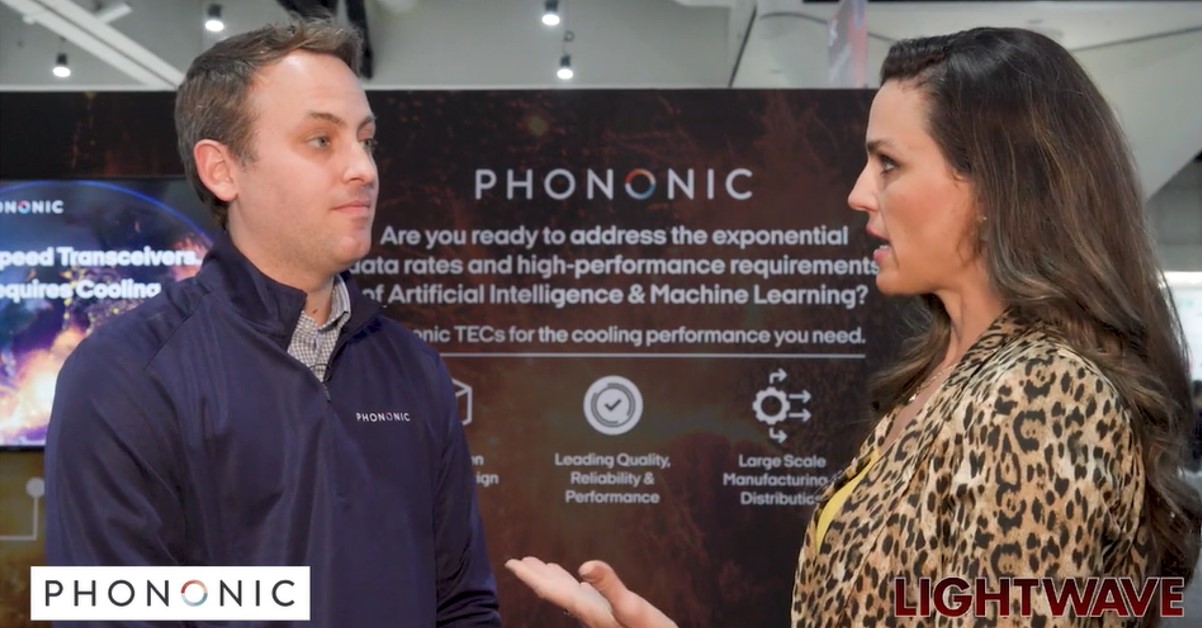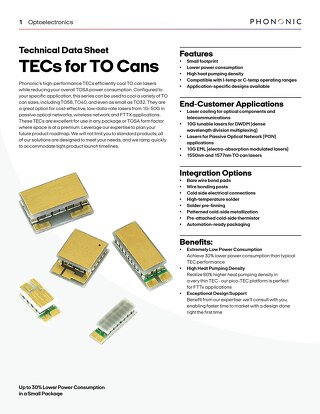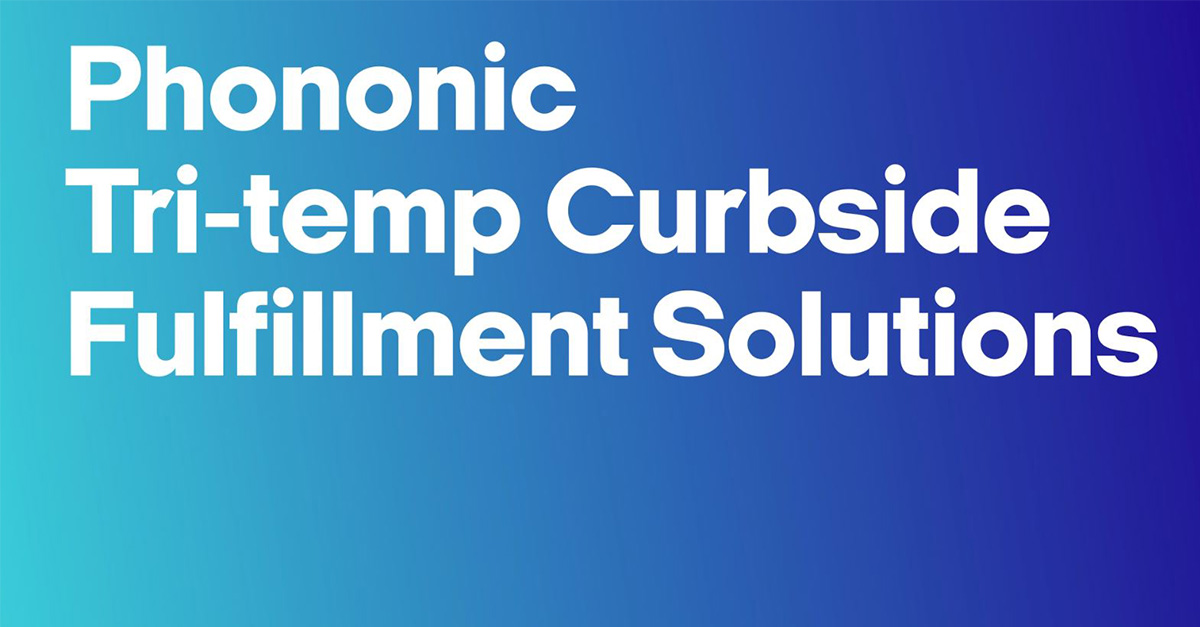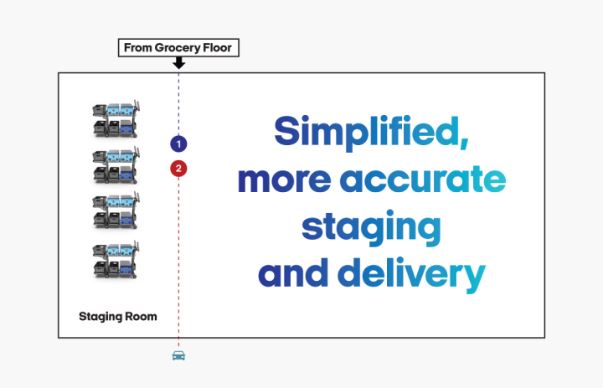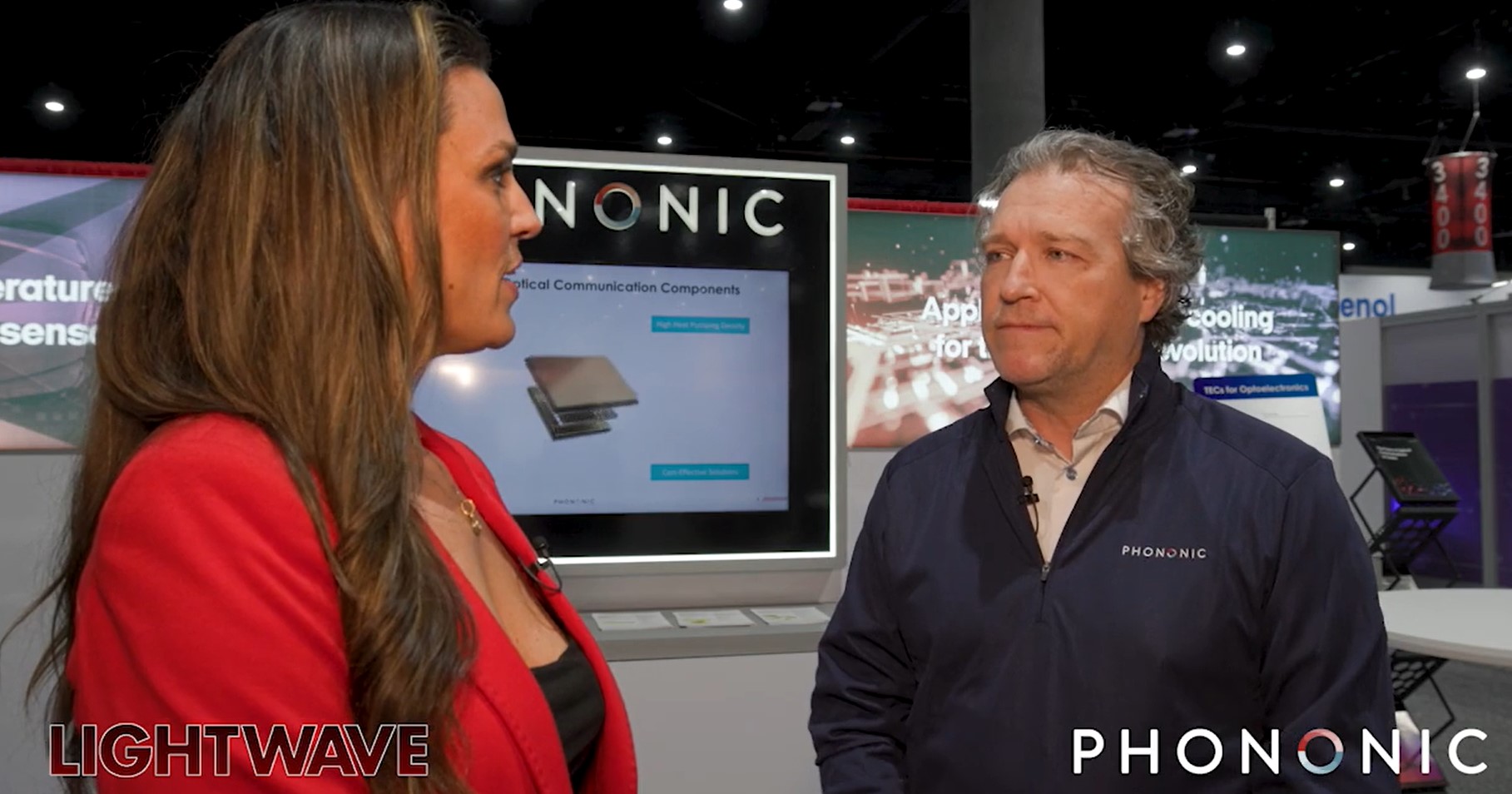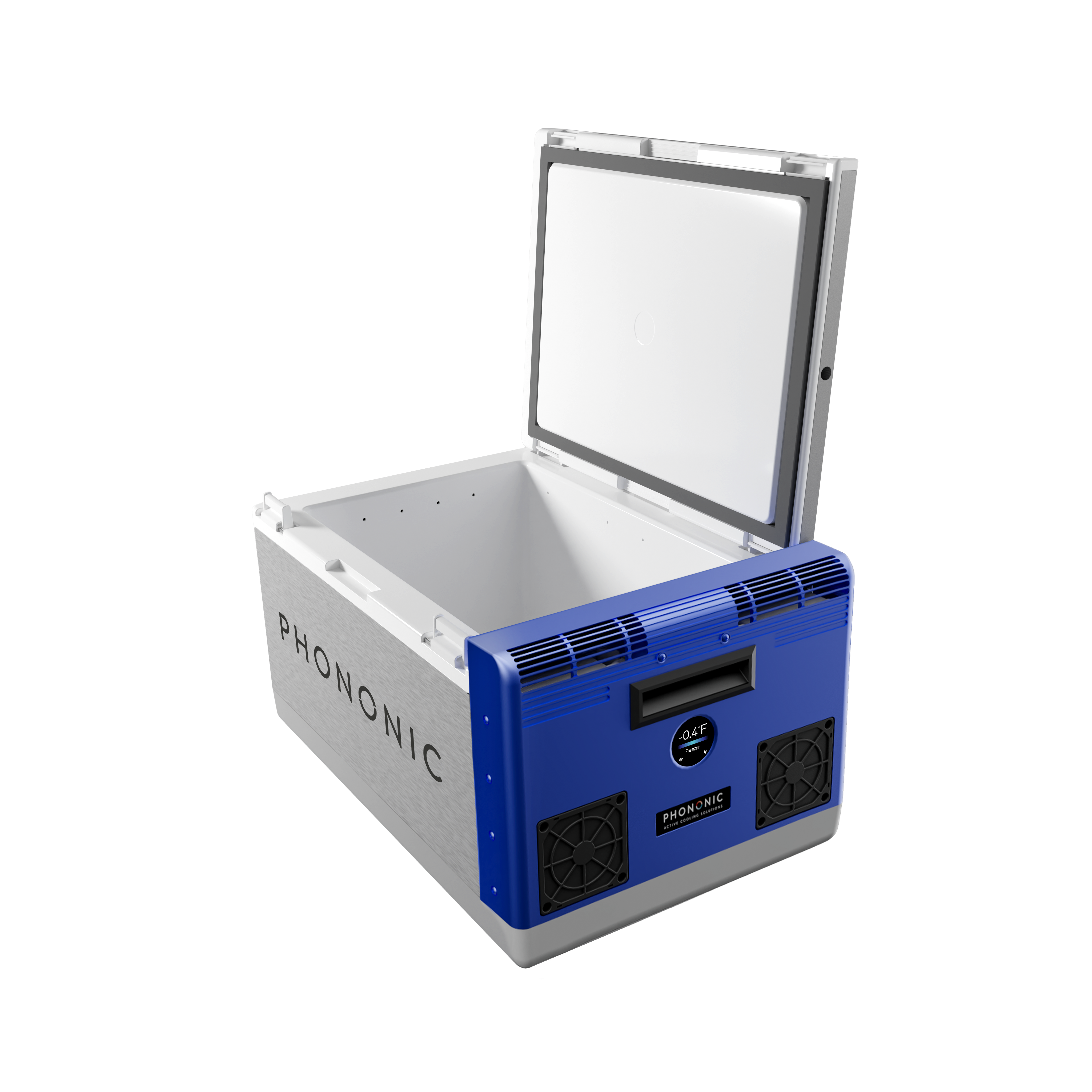100G Applications and Cooling Needs
June 14, 2019
100G refers to 100 Gigabit Internet. It is a computer networking technology that can transmit data at rates of 100 gigabits per second. As data demands grow year after year, demand for faster Internet speeds also increases. Optical networks, made up of fiber optic transceivers, switches and cables that transfer data, are capable of supporting the speed of 100G Internet over long distances.
100G Standards
100G technology was added into the Institute of Electrical and Electronics Engineers (IEEE) standards in May 2013. They are part of the 802.3 standard and are commonly referred to as 100G-DR1 and 400G-DR4. IEEE standards support short distances over twin axial cable, as well as longer reaches of fiber optic cable. The standards also define port types, optical and electrical interfaces and the number of optical fiber strands per port.
100G MSA
The 100G Lambda Multi-Source Agreement (MSA) is an industry consortium that provides a new set of optical interface specifications for an optical channel data rate of 100 gigabits per second. These specifications are intended for 100G, as well as future 400G applications. The MSA details specifications for 100 gigabits per second per channel specifications over 500 meters, 2 kilometers and 10 kilometers of single-mode fiber optic cable.
100G Applications and Cooling Needs
Data consumption is growing quickly, and so is the need to transmit that data. In the data center, the transition from 100G to 200G to 400G is expected to happen fast. Increasing data rates and longer reach cable runs will need active thermoelectric cooling to ensure performance.
Today, you can find cooled optics in an increasing set of applications:
- 10G
- 1577nm PON, 40km/ER TDM, DWDM & Tunable devices
- TO can packages
- 100G
- 10km LR4 standard
- 500m DR1
- Future requirements for wireless for I-Temp CWDM4 & Single λ 100G
- 400G / PAM4 Modules
- DR4/FR4/FR8 & LR8
Phononic designs high-performance thermoelectric coolers (called TECs) that are proven to deliver up to 60% better heat pumping density and up to 30% lower power consumption than typical performance. We can customize application-specific configurations for many different laser package types.

